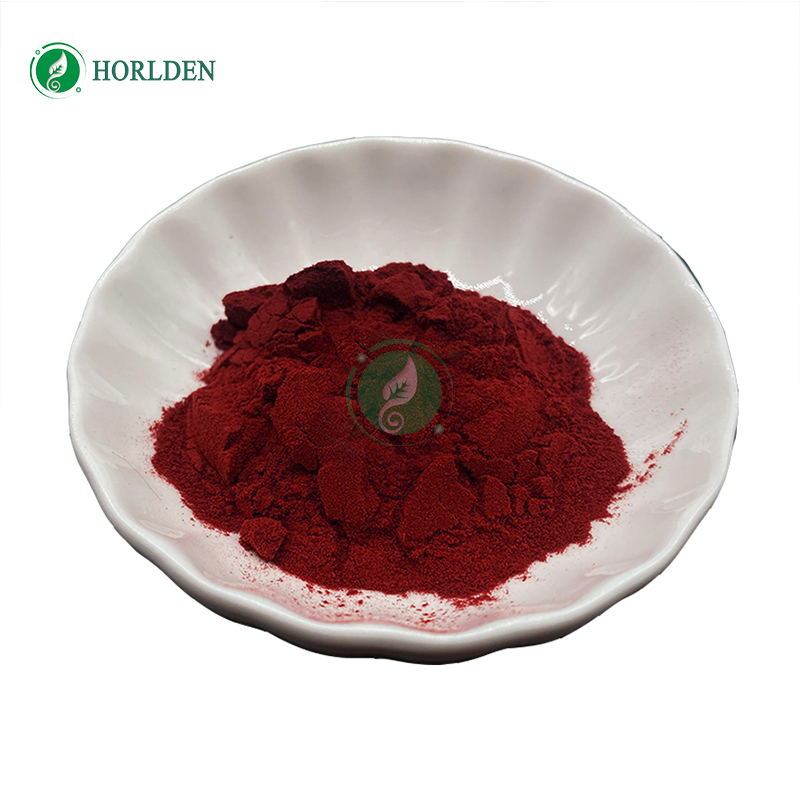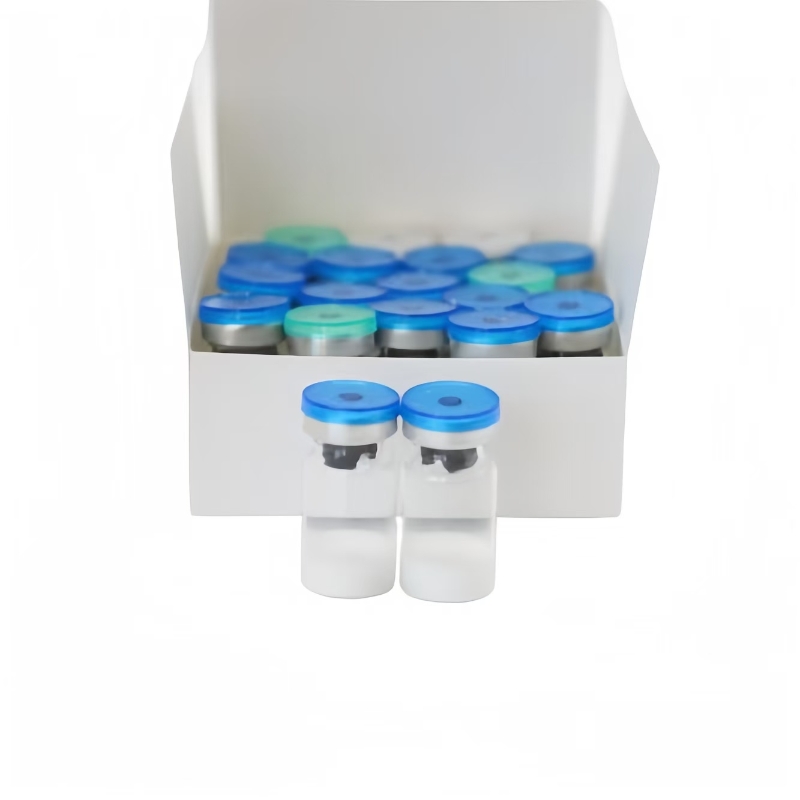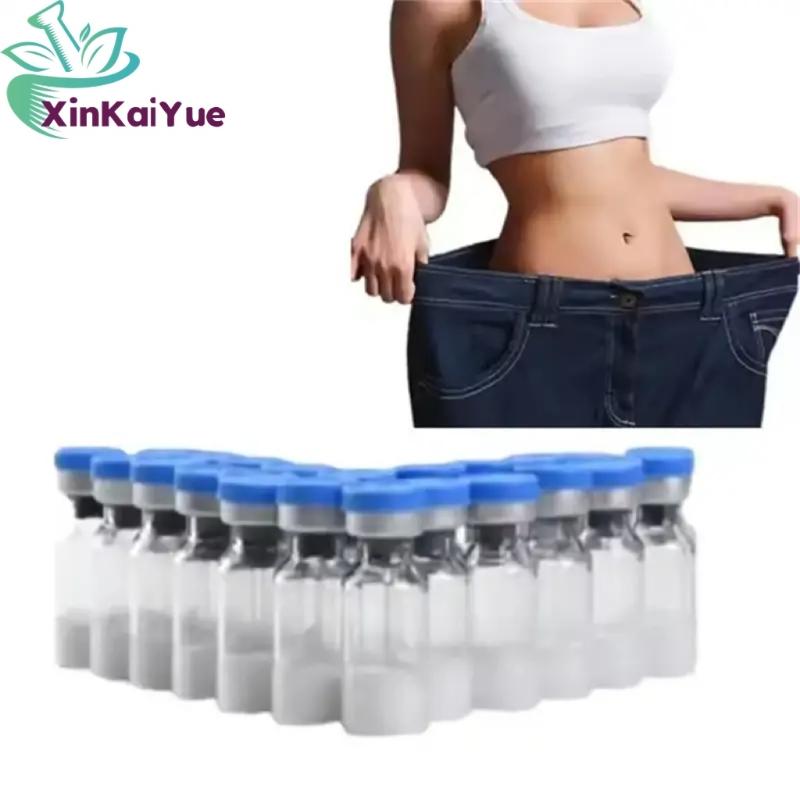Chinese patent medicine market trapped: low growth rate, three top 10 varieties decline
-
Last Update: 2017-12-12
-
Source: Internet
-
Author: User
Search more information of high quality chemicals, good prices and reliable suppliers, visit
www.echemi.com
Recently, the State Food and Drug Administration issued the circular on the issuance of technical guidelines for the naming of generic names of Chinese patent medicines and the circular on the standardization of the naming of generic names of listed Chinese patent medicines, and issued the technical guidelines for the naming of generic names of Chinese patent medicines, which attracted the attention of the industry The name change of Chinese patent medicine involves many brands and products of enterprises, which will be a huge project, and its impact on the whole Chinese medicine market cannot be underestimated Traditional Chinese medicine enterprises are facing the challenge of renaming, which involves many products, large quantities and tight time According to the white paper "Chinese traditional medicine in China" released in December 2016, the total output value of traditional Chinese medicine industry in China was 786.6 billion yuan in 2015, accounting for nearly one third of the total output value of the pharmaceutical industry, and the industry scale was huge According to the regulations, the accepted new Chinese medicine should be named according to the requirements of the technical guidelines; for the accepted new Chinese medicine, if its name is inconsistent with the technical guidelines, the registration applicant can rename it through supplementary application; for the listed Chinese patent medicine, three situations that must be renamed are defined: obviously exaggerating the efficacy, misleading doctors and patients; the name is not Correct, unscientific, with vulgar language and superstitious color; the prescription is the same but the drug name is different, and the drug name is the same or similar but the prescription is different The principle of "standardizing the naming and avoiding exaggerating the curative effect" clearly requires: 1 Generally, names of people, places, enterprises or endangered protected animals and plants should not be used 2 It is not allowed to use homophonic nomenclature of code and inherent specific meaning nouns 3 Modern medical pharmacology, anatomy, physiology, pathology or therapeutics should not be used 4 Exaggerated, boastful and unrealistic terms shall not be used According to the requirements of the State Food and drug administration, within 2 months after the publication of the list of Chinese patent medicines to be renamed, the relevant production enterprises shall put forward the general name proposed to be modified to the State Pharmacopoeia Committee in the form of official letters, and submit relevant materials After the change of name is approved, a 2-year transition period will be given During the transition period, the new name and the old name will be included to allow patients and doctors to gradually adapt According to dandelion statistics, in the CFDA drug database, there are 5326 approvals only for Chinese patent medicines that violate the naming principle of "avoid hinting and exaggerating the efficacy" in the previous comments In addition to the other principles, if most of them are to be renamed, the renaming of proprietary Chinese medicine involves a large number of products, a large amount of work, and a short time For many domestic traditional Chinese medicine enterprises, they are facing a lot of tests, and the impact on the whole traditional Chinese medicine market remains to be further observed In fact, the impact of relevant policies has begun to appear in the Chinese patent medicine market In recent years, the growth situation of Chinese patent medicine is not optimistic, and the overall market expansion is weak According to the data of sample hospitals, the sales volume of Chinese patent medicine in 2012 was 7.63 billion yuan, 8.95 billion yuan in 2013, 10.01 billion yuan in 2014, 10.9 billion yuan in 2015 and 11.2 billion yuan in 2016 The growth rates of 2013-2016 were 17.3%, 12.5%, 8.1% and 3.1% respectively compared with the same period, with a continuous decline In recent years, the sluggish growth of Chinese patent medicine market is mainly caused by the "two vote system" in the circulation field, the second price negotiation, the proportion of drugs in the medical field, zero plus, auxiliary drugs and other reforms In 2016, the sample hospitals involved more than 420 varieties of traditional Chinese medicine Among them, the sales volume of the top 10 varieties totaled 6.08 billion yuan, accounting for 54.1% of the total market, respectively Kangai injection (the sales volume of the sample hospital was 900 million yuan, accounting for 8.8% of the market, the same below), Kanglaite Injection (790 million yuan , accounting for 7.1%, Xueshuantong for injection (710 million yuan, accounting for 6.3%), Xiyanping injection (690 million yuan, accounting for 6.1%), Xingnaojing injection (670 million yuan, accounting for 6.0%), Shenqi Fuzheng Injection (640 million yuan, accounting for 5.7%), Shenmai injection (480 million yuan, accounting for 4.3%), xiaocaiping injection (460 million yuan, accounting for 4.1%), Huachansu capsule (350 million yuan, accounting for 2.6%), Jinshuibao gum Cysts (280 million yuan, 2.6%) Most of the ten varieties are exclusive The three fastest growing products are Cinobufacin capsule (a year-on-year increase of 35.6% in 2016, the same below), kanglaishen injection (13.4%), qifuzheng injection (8.5%); the market of Xueshuantong for injection, Shenmai injection and Jinshuibao capsule has declined According to the data of domestic sample hospitals, in 2016, there were nearly 850 Chinese patent medicine manufacturers involved in the sample hospitals, and the sales of the top 10 enterprises totaled 5.78 billion yuan, accounting for 51.5% of the overall market, with a relatively concentrated market The top 10 enterprises are Changbaishan Pharmaceutical (the sales volume of sample hospitals is 900 million yuan, accounting for 8.8% of the market, the same below), Zhejiang Kanglaite Pharmaceutical (850 million yuan, accounting for 7.5%), Guangxi Wuzhou Pharmaceutical (710 million yuan, accounting for 6.3%), Jiangxi Qingfeng Pharmaceutical (690 million yuan, accounting for 6.1%), Lizhu group Limin Pharmaceutical (630 million yuan, accounting for 570 million yuan) %), Wuxi jiminxin Shanhe Pharmaceutical Co., Ltd (540 million yuan, accounting for 4.8%), Nanjing Shenghe Pharmaceutical Co., Ltd (460 million yuan, accounting for 4.1%), Tianshili Pharmaceutical Co., Ltd (330 million yuan, accounting for 2.9%), Jiangxi jiminxin Jinshuibao Pharmaceutical Co., Ltd (290 million yuan, accounting for 2.6%), Shaanxi Dongtai Pharmaceutical Co., Ltd (286 million yuan, accounting for 2.5%) According to the statistics of sample hospitals, in 2016, there were nearly 30 kinds of traditional Chinese medicine dosage forms involved in the sample hospitals, with the largest share of traditional Chinese medicine injection (the total sales of sample hospitals was 6.47 billion yuan), accounting for nearly 60% of the market The top five dosage forms also include capsule (the sales volume of sample hospitals is 2.33 billion yuan, accounting for 20.7% of the market, the same below), tablet (900 million yuan, accounting for 8.0%), granule (390 million yuan, accounting for 3.5%%), pill (290 million yuan, accounting for 2.6%) Among the ten varieties of traditional Chinese medicine in sample hospitals, there are 8 traditional Chinese medicine injections and 2 capsules The application of traditional Chinese medicine injection is mainly concentrated in cardio cerebral vascular, anti-tumor, respiratory system and other fields It is widely used in hospital clinical, and the major pharmaceutical enterprises also depend on the market of traditional Chinese medicine injection to varying degrees As an original dosage form in China, traditional Chinese medicine injection has the advantages of rapid effect and exact effect compared with traditional Chinese patent medicine It can better play the role of traditional Chinese medicine in the treatment of difficult diseases and acute diseases, and make up for the shortcomings of traditional Chinese medicine, but the adverse reactions are also widely concerned Large variety injections have gradually become the main profit varieties of related enterprises, but in recent two years, the market sales of traditional Chinese medicine injections are facing a variety of adverse factors In the new round of bidding, many traditional Chinese medicine injections have been monitored, and the list of auxiliary drugs has made many medical people worry about the negative effects, and the large varieties of traditional Chinese medicine are facing new challenges From the sales data of 2016 and the first half of 2017, the traditional Chinese medicine injection has been significantly affected, and the sales of some key varieties have declined In February 2017, the Ministry of human resources and social security released the 2017 national medical insurance catalogue, which also imposed strict restrictions on traditional Chinese medicine injections From the perspective of indications, most of the limited use are anti infection, traditional Chinese medicine injection of cardio cerebrovascular and some auxiliary drugs, there are some popular varieties For example, more than 30 traditional Chinese medicine injections, such as Qingkailing injection, Tanreqing injection, Xingnaojing injection, Danhong injection, Shuxuetong injection, are limited to second-class and above medical institutions and severe cases For many years, traditional Chinese medicine injection has been a hot topic From the current policy environment, the restrictions on traditional Chinese medicine injection have become a foregone conclusion Conclusion: with the increasingly optimized industrial structure adjustment, the regulatory mode of traditional Chinese medicine industry has changed rapidly, and the quality requirements are more and more strict In the future, Chinese patent medicine will face more stringent policy environment, and Chinese medicine enterprises should gradually adapt to the changes In the long run, the standardization of the name will be more conducive to the healthy competition and development of the Chinese patent medicine market.
This article is an English version of an article which is originally in the Chinese language on echemi.com and is provided for information purposes only.
This website makes no representation or warranty of any kind, either expressed or implied, as to the accuracy, completeness ownership or reliability of
the article or any translations thereof. If you have any concerns or complaints relating to the article, please send an email, providing a detailed
description of the concern or complaint, to
service@echemi.com. A staff member will contact you within 5 working days. Once verified, infringing content
will be removed immediately.







